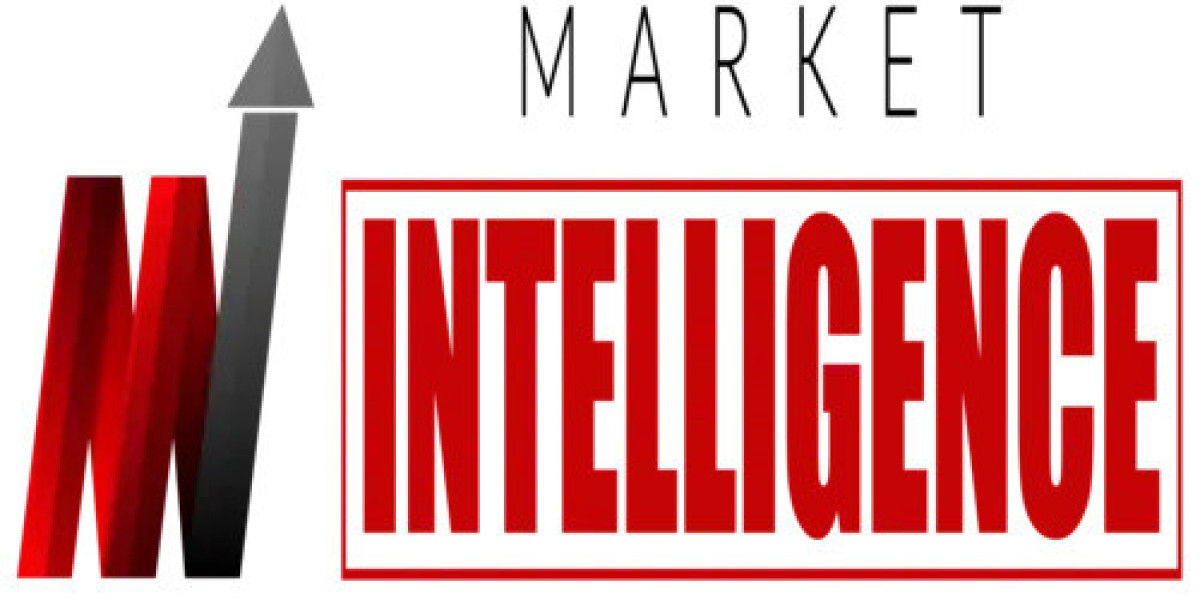The integration of the Internet of Things (IoT) into various industries is rapidly transforming how businesses operate, and the healthcare sector is no exception. The use of IoT in healthcare is revolutionizing patient care, optimizing hospital operations, and even enabling preventive medicine. With a network of interconnected devices, the healthcare industry is now moving toward more efficient, personalized, and data-driven solutions.
What is IoT in Healthcare?
The Internet of Things (IoT) refers to a system of interrelated, internet-connected objects that can collect and transfer data over a wireless network without human intervention. When applied in healthcare, IoT facilitates seamless data exchange between medical devices, healthcare providers, and patients. This technology helps in real-time monitoring, early diagnosis, and proactive treatment, making IoT in healthcare a game-changer for the entire industry.
Applications of IoT in Healthcare
1. Remote Patient Monitoring
Remote patient monitoring (RPM) is one of the most impactful applications of IoT in healthcare. Wearable devices, such as smartwatches and health monitors, collect critical health data, including heart rate, blood pressure, and glucose levels. These devices send real-time data to healthcare professionals, allowing them to monitor patients' health remotely. RPM reduces hospital visits and enables early detection of potential health issues.
2. Smart Medical Devices
Smart medical devices are designed to assist both healthcare providers and patients. Examples include smart insulin pumps, pacemakers, and inhalers that automatically adjust based on real-time data. These devices provide continuous monitoring and adjust their operation based on the patient’s current needs, enhancing the effectiveness of treatment and reducing human error.
3. Medication Management
For patients with chronic illnesses, medication adherence is critical. IoT-powered medication management systems remind patients when to take their medication and alert healthcare providers in cases of missed doses. Smart pill bottles and medication dispensers send alerts if a patient forgets a dose, helping to improve medication adherence and prevent complications.
Benefits of IoT in Healthcare
1. Improved Patient Care
The primary advantage of IoT in healthcare is the enhancement of patient care. IoT devices provide real-time health insights that allow for better diagnosis and treatment. With constant data flow, healthcare professionals can make more informed decisions and take proactive steps to improve patient outcomes.
2. Cost Reduction
Hospitals and healthcare facilities benefit financially from IoT technology. Remote patient monitoring and smart devices reduce the need for in-person visits, lowering operational costs. Additionally, IoT systems can help in efficient asset management, such as tracking equipment usage and optimizing their maintenance schedules, which also contributes to cost savings.
3. Early Detection and Prevention
IoT devices can track and analyze a patient’s health metrics over time, helping in the early detection of diseases and preventive healthcare measures. For example, IoT wearables can detect irregular heart rhythms, prompting timely medical intervention and preventing more serious health conditions.
Challenges of Implementing IoT in Healthcare
1. Data Privacy and Security
One of the biggest concerns with the use of IoT in healthcare is data privacy. With devices constantly collecting sensitive patient information, the risk of data breaches increases. Ensuring robust cybersecurity measures and compliance with data protection laws like HIPAA is essential.
2. Integration Issues
For IoT to work effectively in healthcare, it must integrate seamlessly with existing systems such as electronic health records (EHR). Compatibility and interoperability between devices and healthcare systems are necessary for the smooth exchange of data. However, achieving this can be challenging due to differing technology standards and platforms.
3. Cost of Implementation
While IoT offers long-term cost benefits, the initial implementation can be expensive. Healthcare providers need to invest in IoT infrastructure, devices, and training, which can be a financial hurdle for smaller facilities. However, the long-term returns in terms of improved patient care and operational efficiency justify these initial costs.
The Future of IoT in Healthcare
The future of IoT in healthcare is promising, with advancements in technology set to further revolutionize the industry. Artificial Intelligence (AI) and machine learning are expected to play a significant role in enhancing IoT capabilities. These technologies will enable predictive analytics, allowing for even more precise and personalized healthcare solutions.
Additionally, 5G technology will enhance the connectivity and speed of IoT devices, enabling faster data transmission and real-time monitoring on a larger scale. As IoT in healthcare continues to evolve, it will pave the way for innovations such as robotic surgery, virtual healthcare assistants, and AI-driven diagnostics.
Conclusion
The implementation of IoT in healthcare is transforming the industry by offering improved patient care, enhanced operational efficiency, and cost savings. Remote patient monitoring, smart medical devices, and medication management are just a few examples of how IoT is reshaping the way healthcare is delivered. However, challenges such as data security, integration, and high initial costs must be addressed to fully realize the potential of IoT in healthcare. As technology continues to advance, the future looks bright for IoT-driven healthcare solutions.








